Documentary photography, for Taslima Akhter, is a continuation of her political activism. As a fiercely courageous student leader she fought for women and worker’s rights. As the coordinator of Bangladesh Garment Workers Solidarity and vice-president of Nari Samhati, Akhter has to juggle many roles as she continues with her photography. Her seminal work with the victims of the infamous Rana Plaza Fire has won her rare distinction and honour. Her photograph, Final Embrace, of a couple in embrace, even after their death, was selected by Time magazine as one of the ten top images of 2013.
Akhter’s ongoing project is on the garment workers’ life and struggle. In a unique collaboration, the volunteer quilters donate their memories and time to produce the commemorations for their relatives who fell victim to the 2013 Rana Plaza collapse. The quilts are intended to activate a conversation between the relatives of the victims and the public. The quilter-artists hope to raise awareness about the unmitigated injustices garment workers face and their lives at high risk. These works tell a counter-narrative of the collapse and help many Bangladeshi families memorialize their loved ones. They are made up of embroidered text relaying thoughts, emotions, and feelings of the relatives as well as photographs of the victims sewn onto larger quilts donated by the relatives from the victims’ belongings.
***
“I don’t want to say that photography is the best medium or that photography is the only way by which one can narrate a story or document an episode. What I can say with conviction is that in our profession of gathering information, sometimes just that one single image capturing a moment of acute emotional outpouring can create a huge impact. The essence of a printed image is that it conveys a story and reveals the history of the moment captured. Simultaneously, the image has the power to communicate and build bridges across communities. It is effective as a tool to build awareness. Sometimes a photograph can create as a big impact as a slogan. I can never forget that terrible night when the tragic episode took place killing hundreds of innocent men and women, the garment workers of Rana Plaza. I think I am the witness to their love, pain, sorrow, strength, and struggle. And I want to use my camera as a tool to tell the story of workers’ lives. I want to tell the stories of the abysmally low wages, pathetic working environment, and trade union issues where the employers are defaulting. I want to document the struggle of the workers and their daily fight for survival. Over the years I have got my zeal to fight alongside the exploited labourers from the workers themselves. I like to think they are beyond the subject of my story or narrative, they are now a part of my life’s mission. The courageous women workers especially who are resilient and brave give me hope, I fight by their side and will continue till we get justice. I would like to remind you that the impoverished garment workers life is not a case in isolation, it is connected with our national economy, with women rights movement, and with our democratic rights. When I am recording these lives, I believe I am documenting their struggle and their indomitable courage. For me, photography is a powerful tool to express my emotions, the deep love I feel for my fellow beings and my anger at the injustice they have to face.” — Taslima Akhter
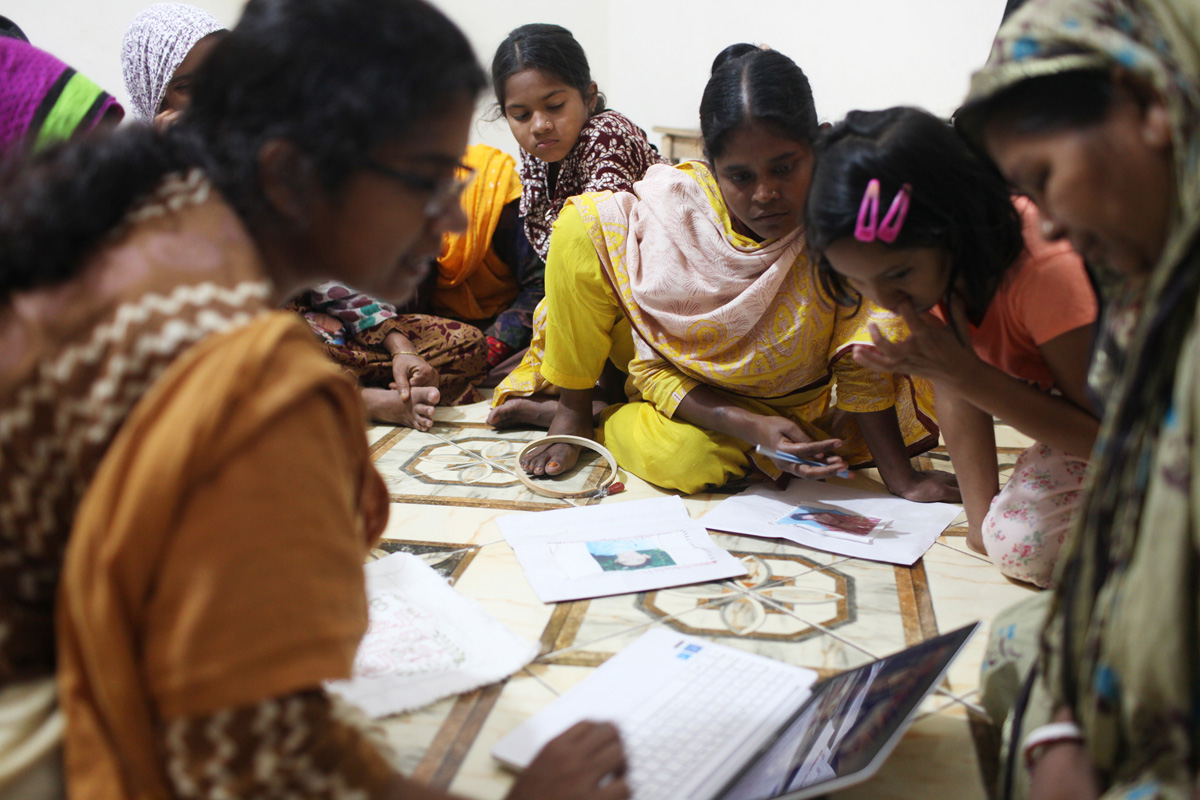
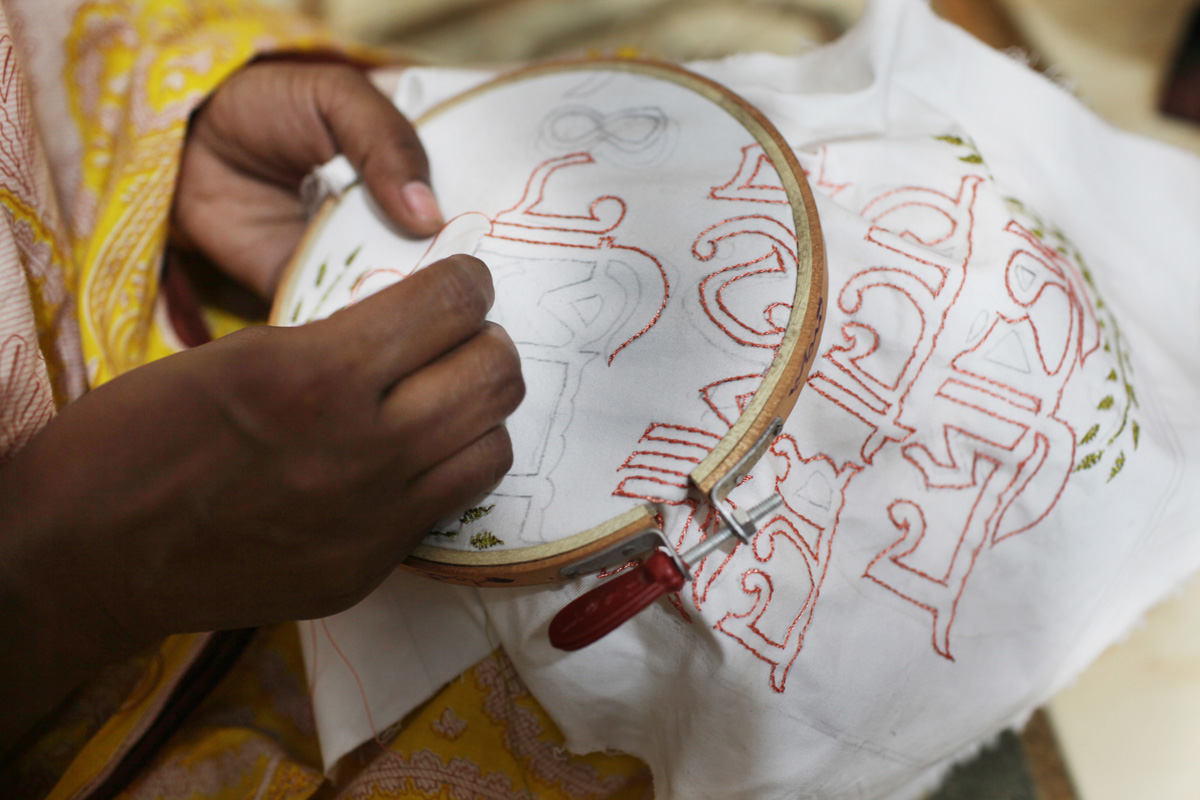
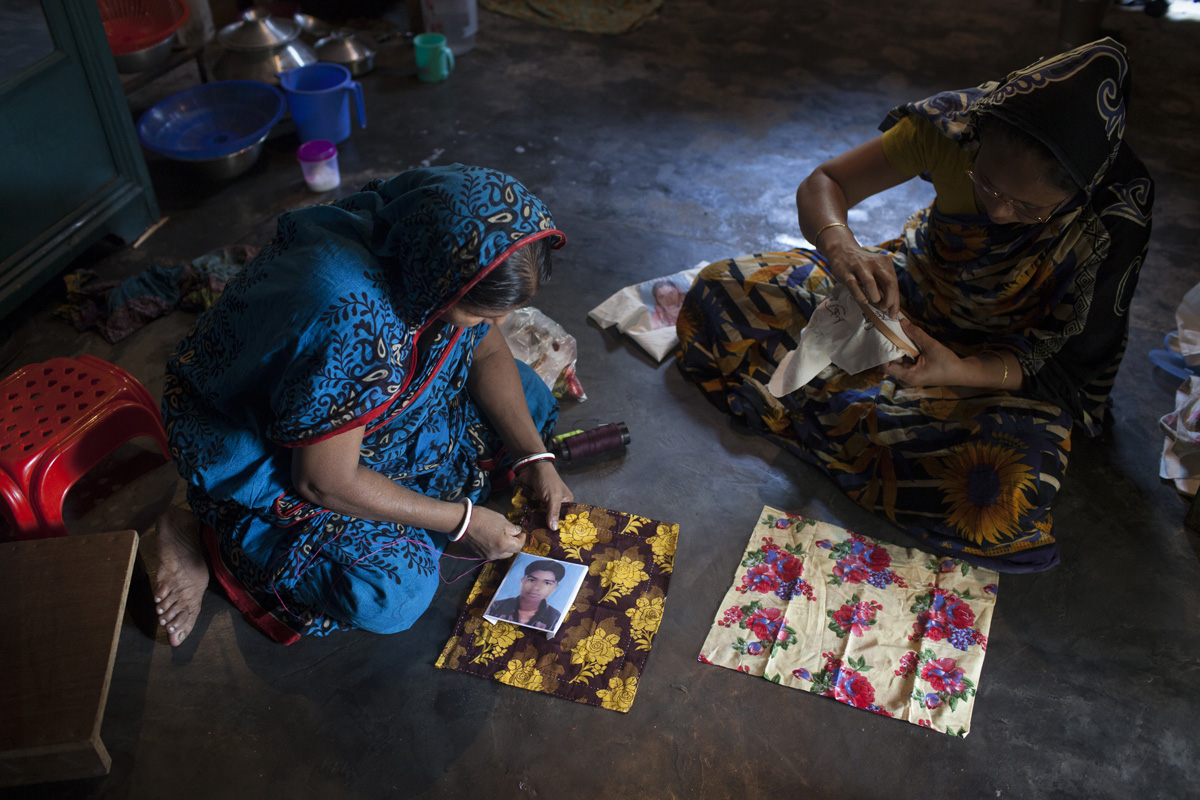
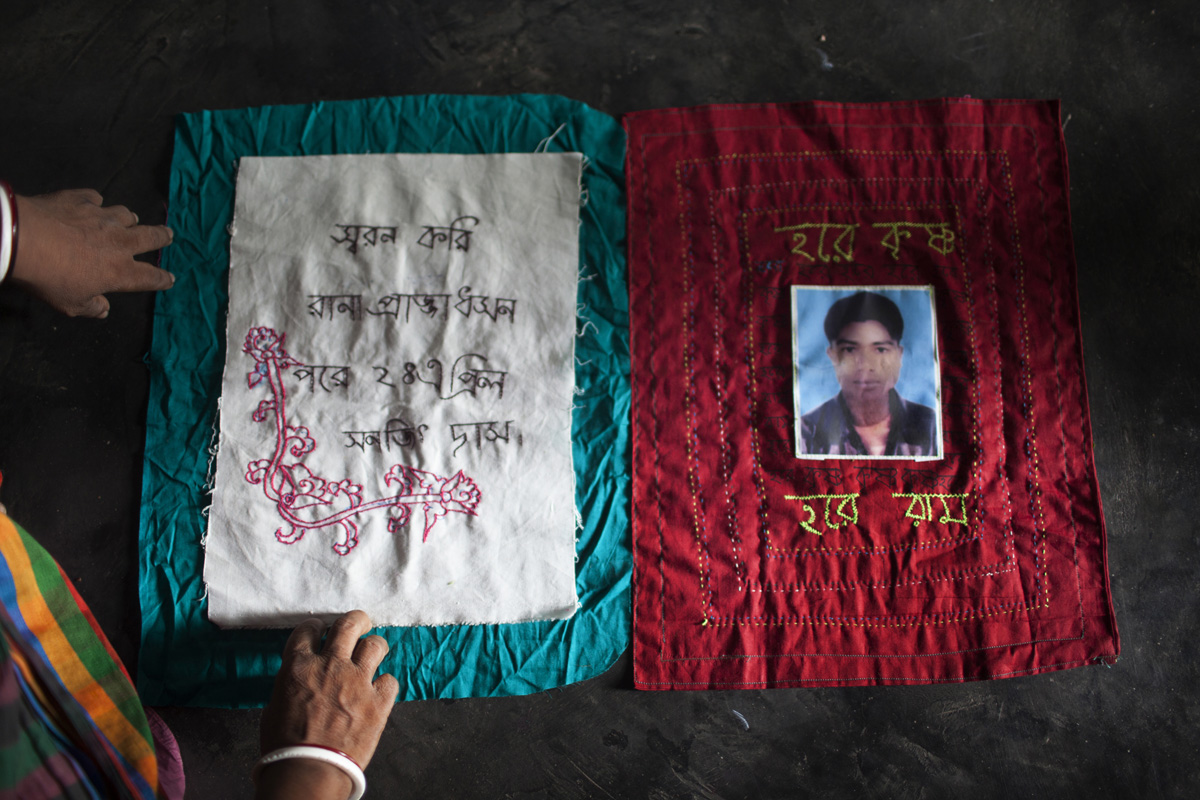
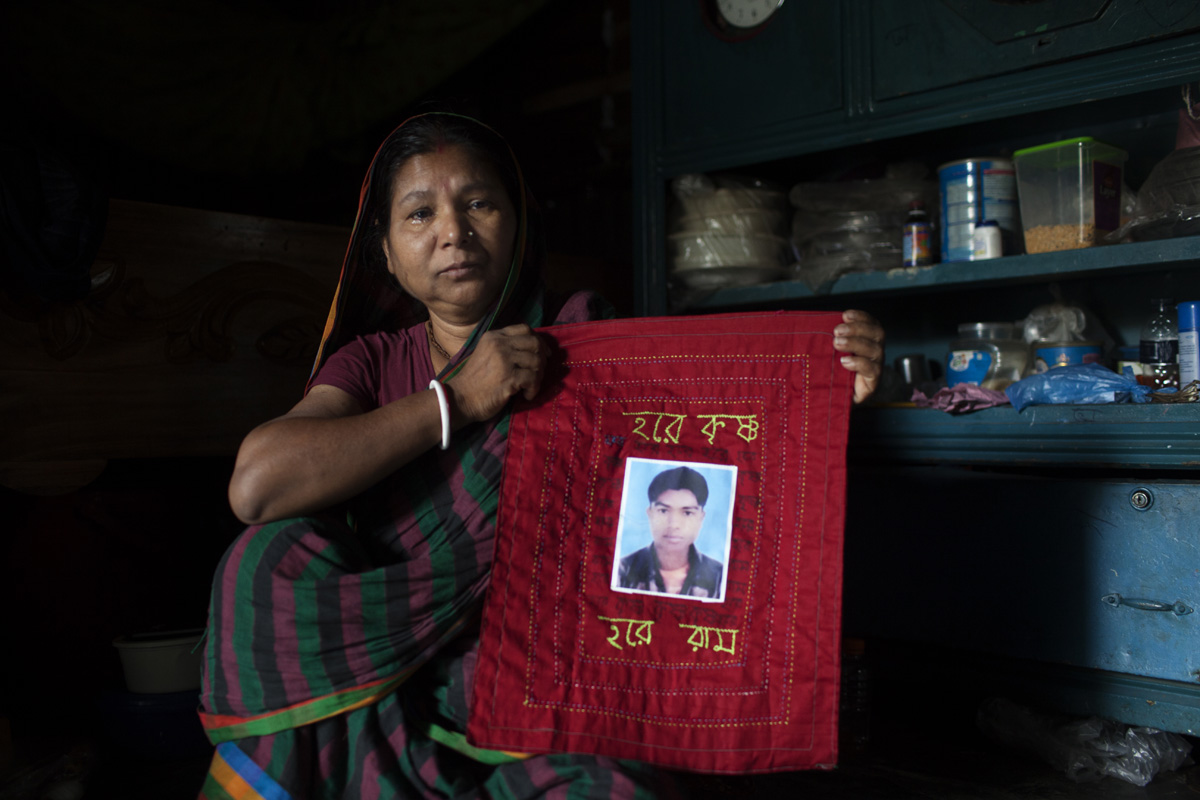
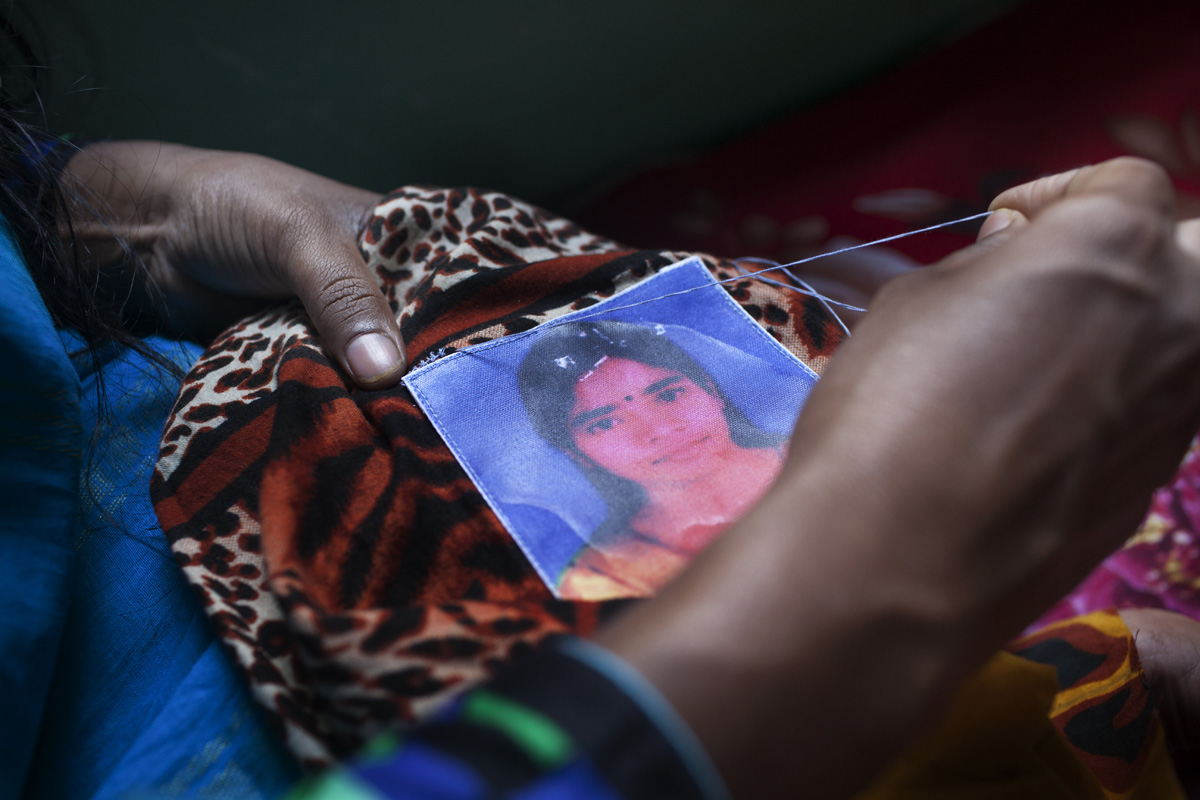
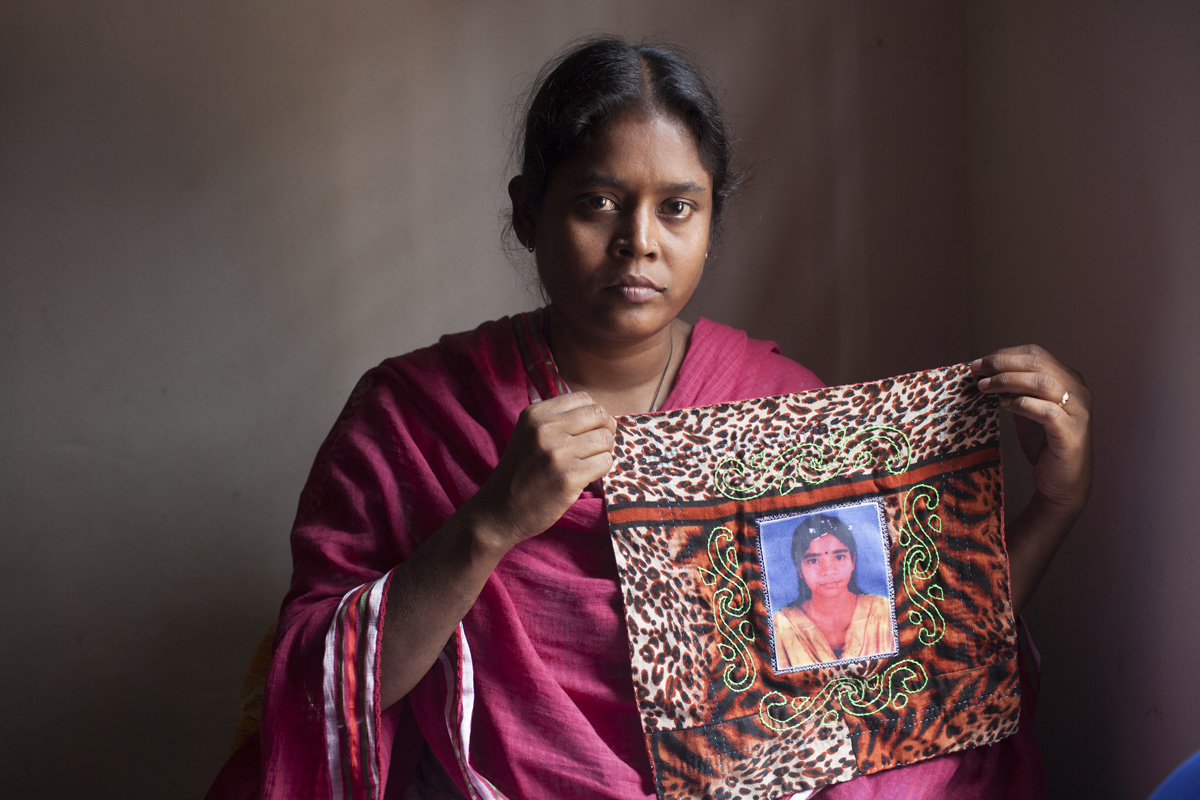
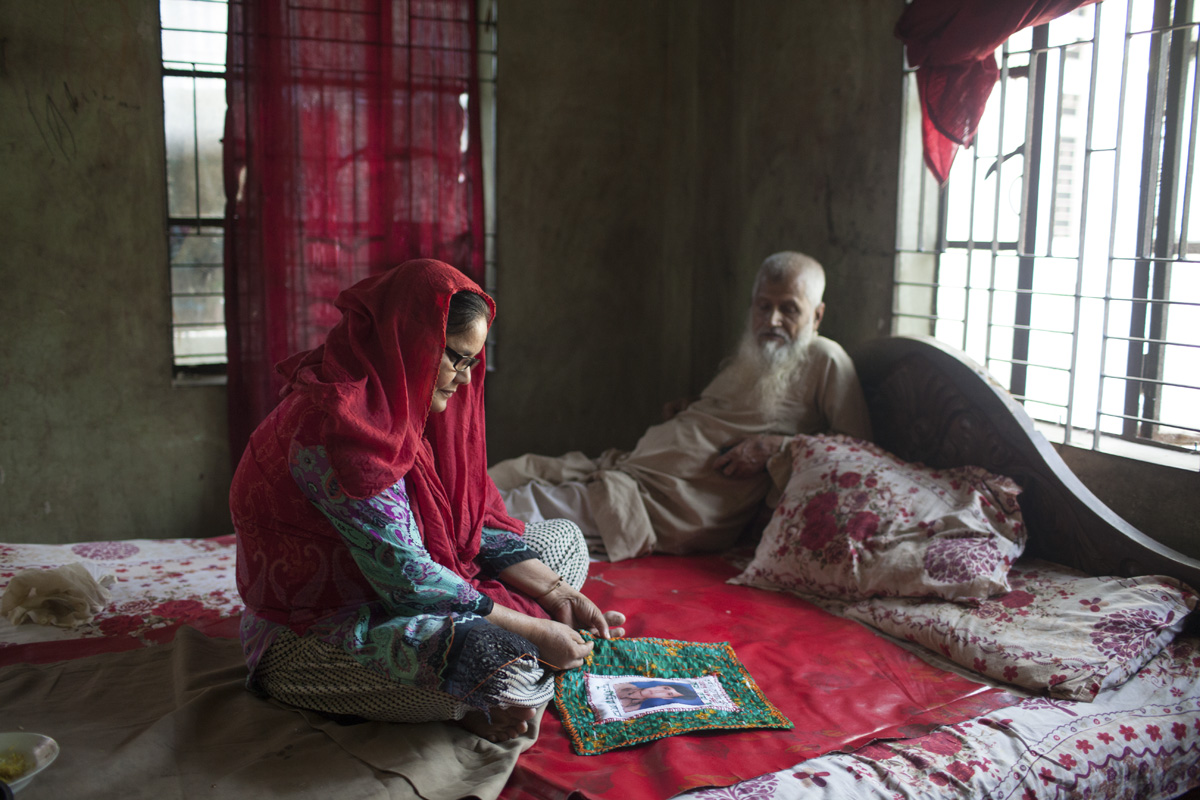
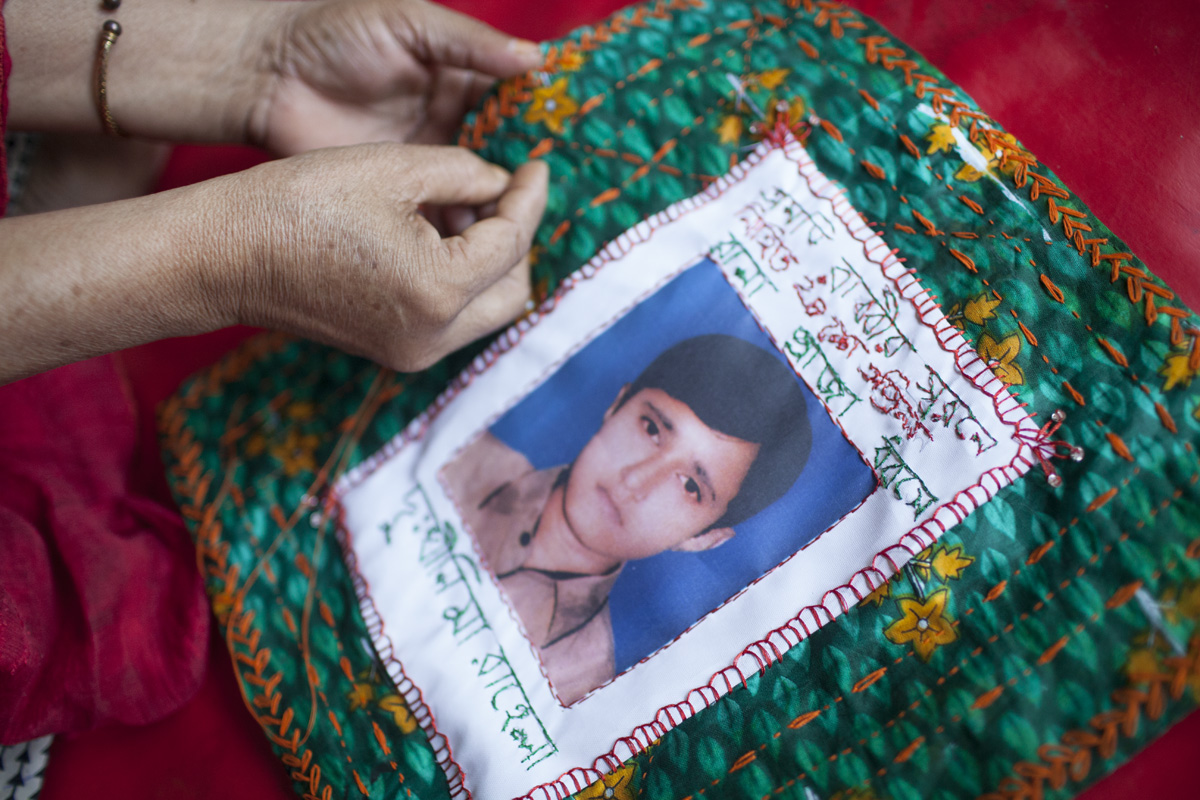
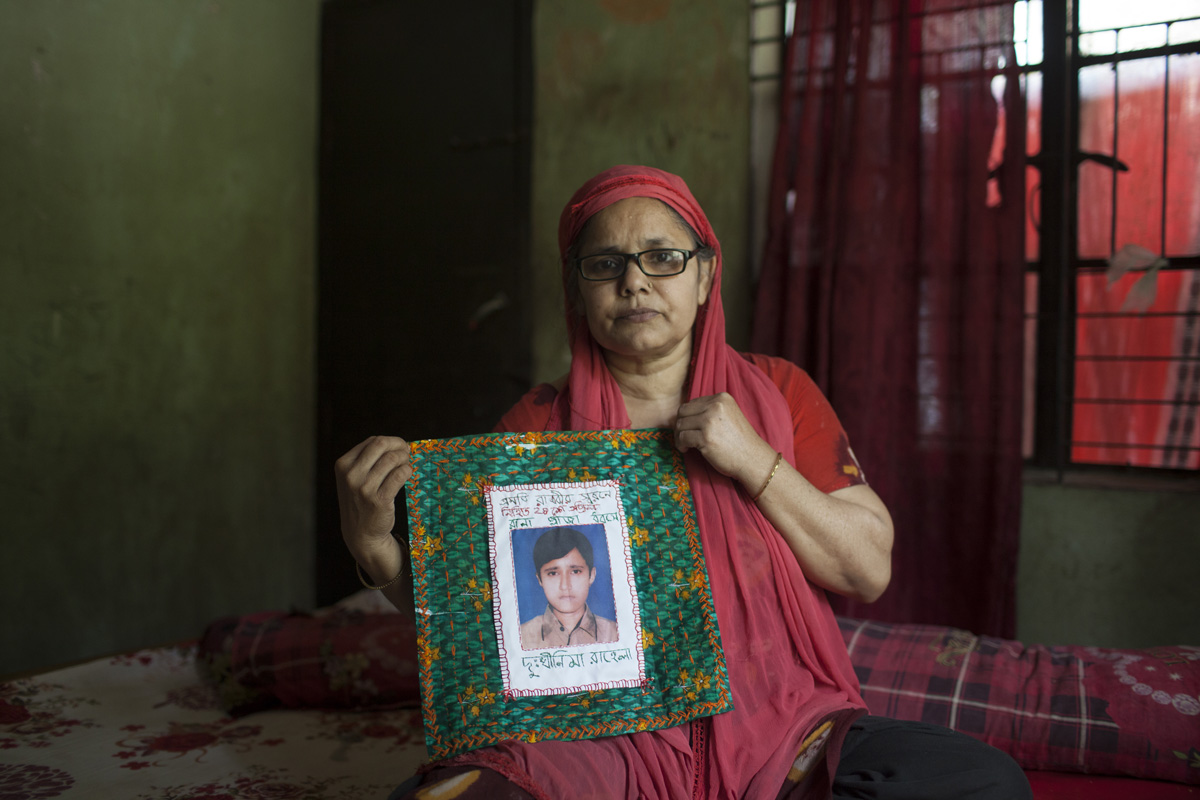
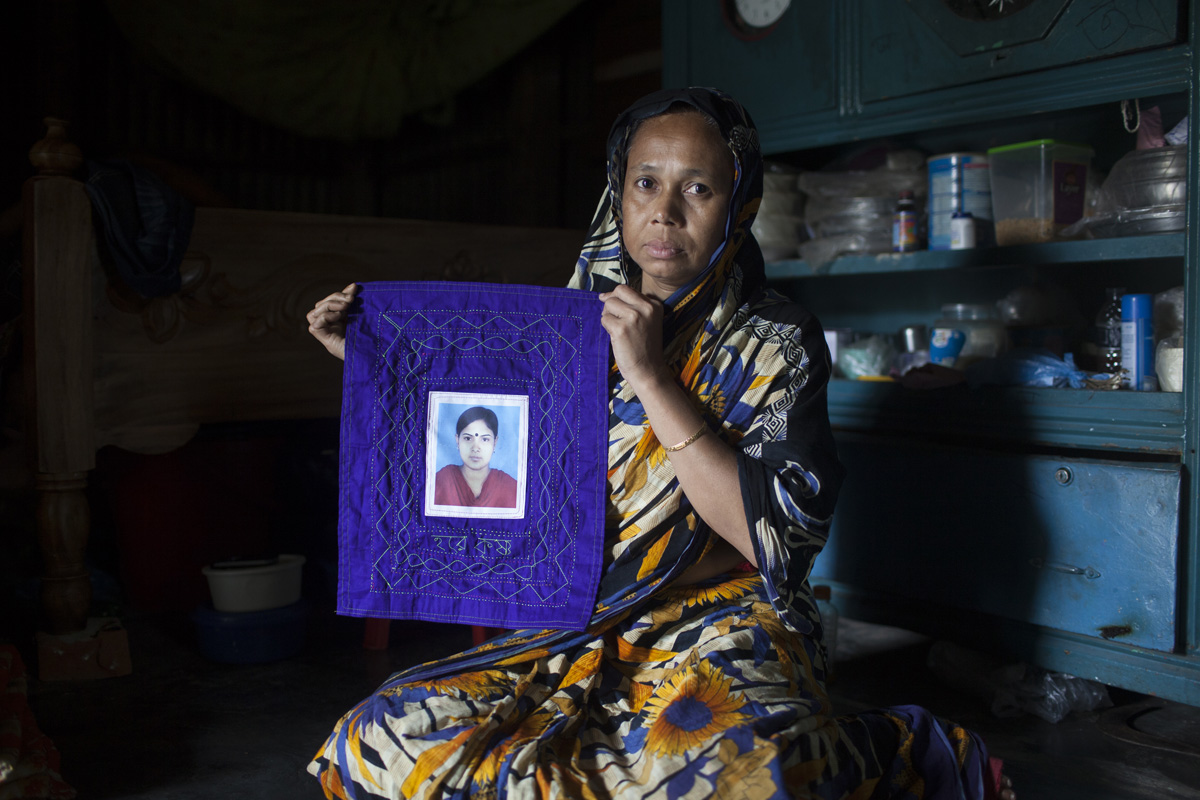
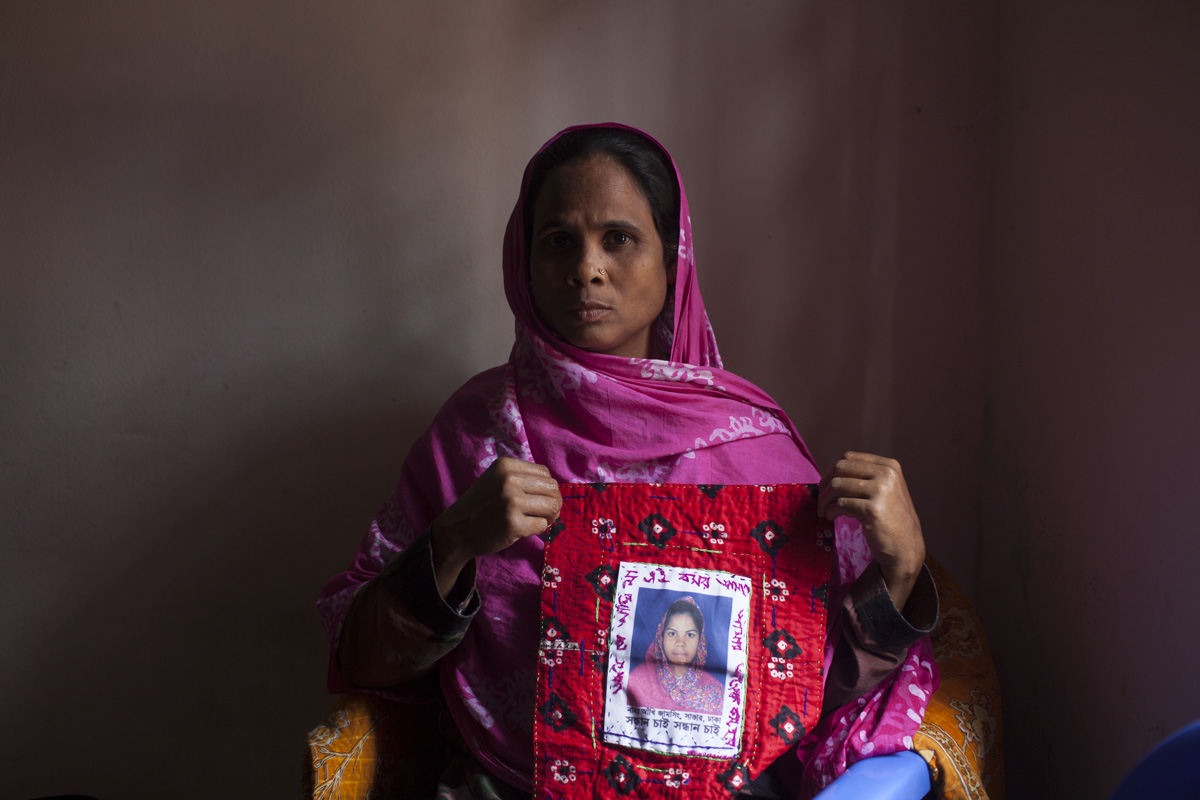
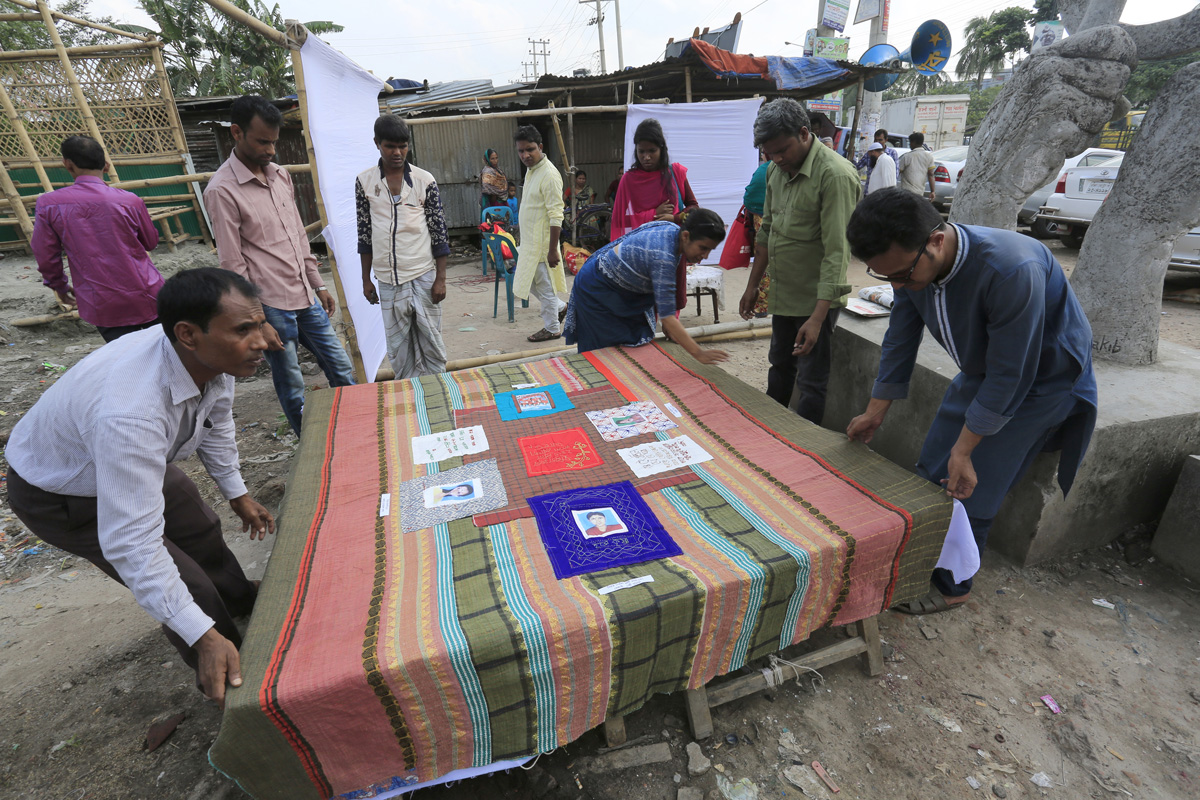
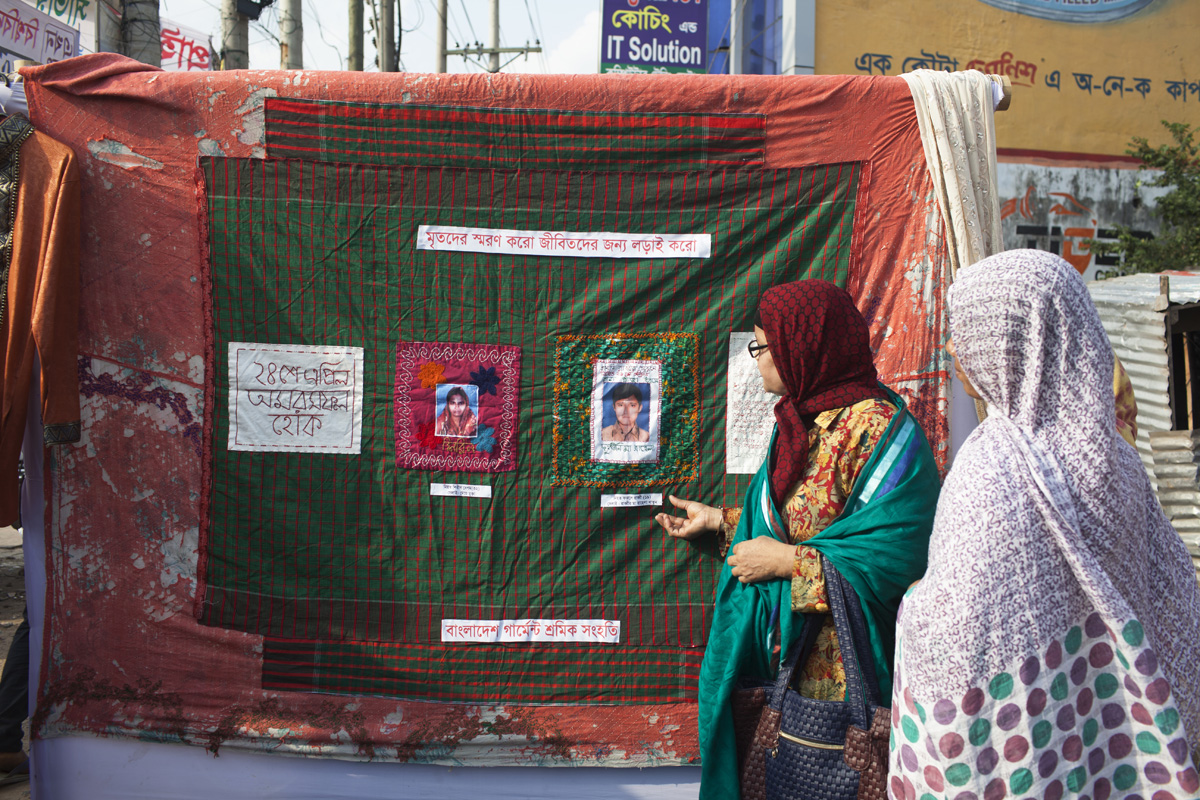
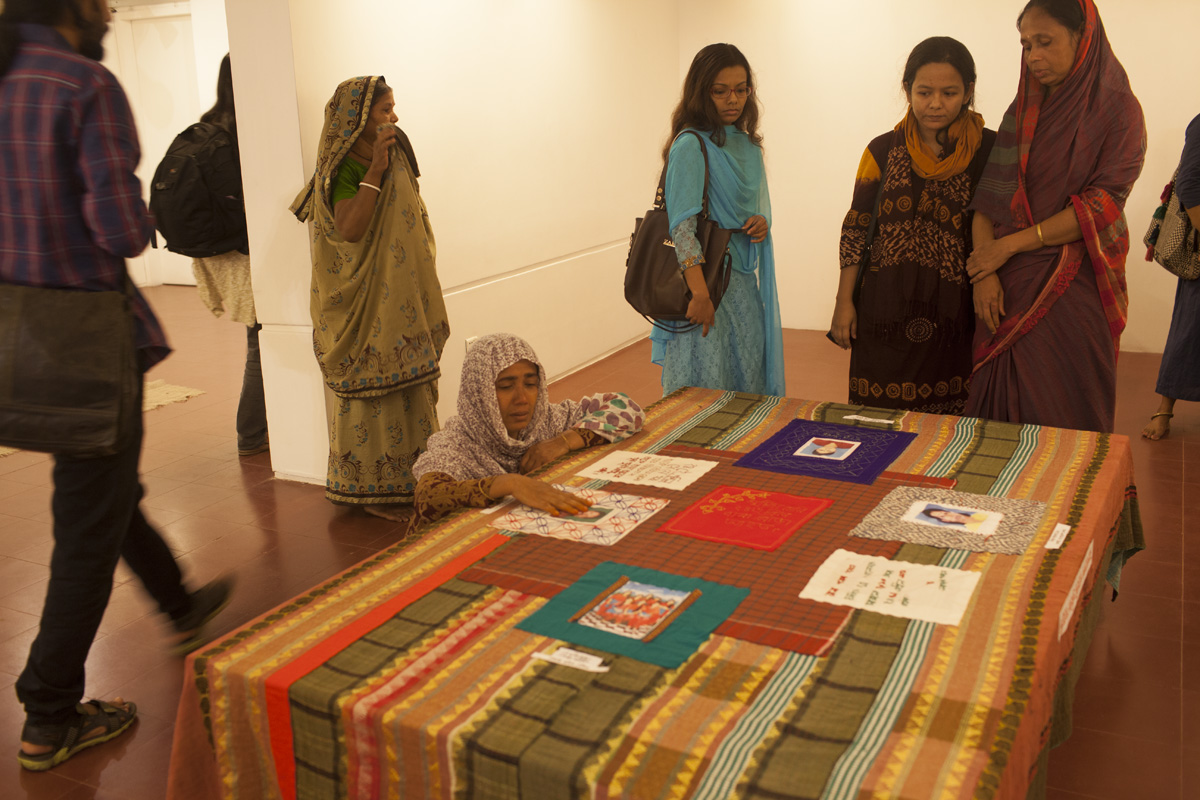
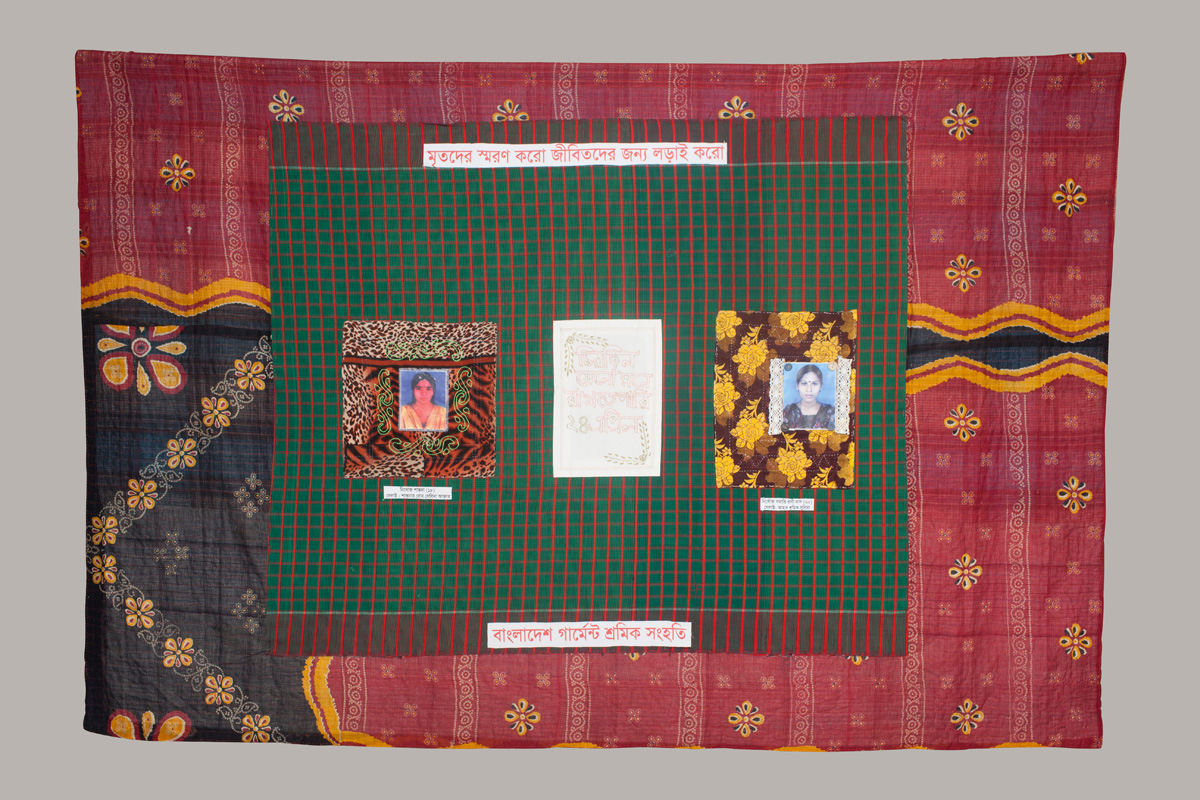
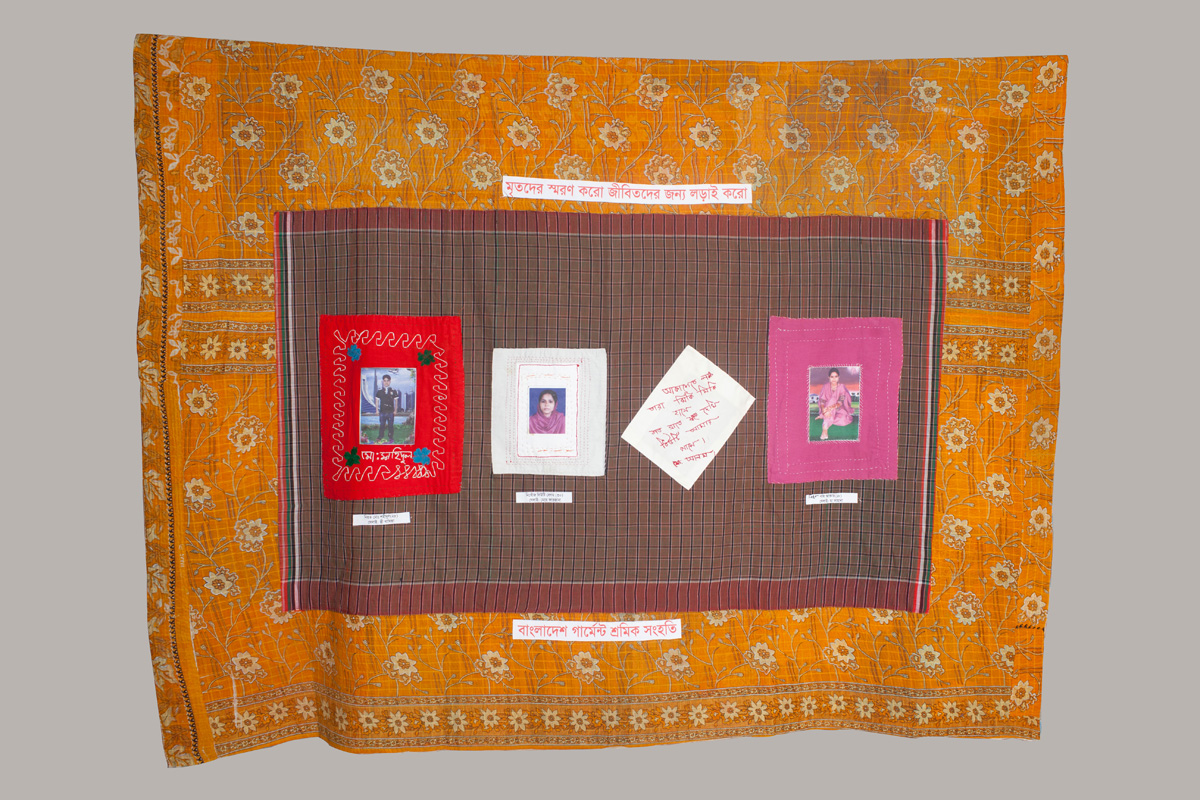
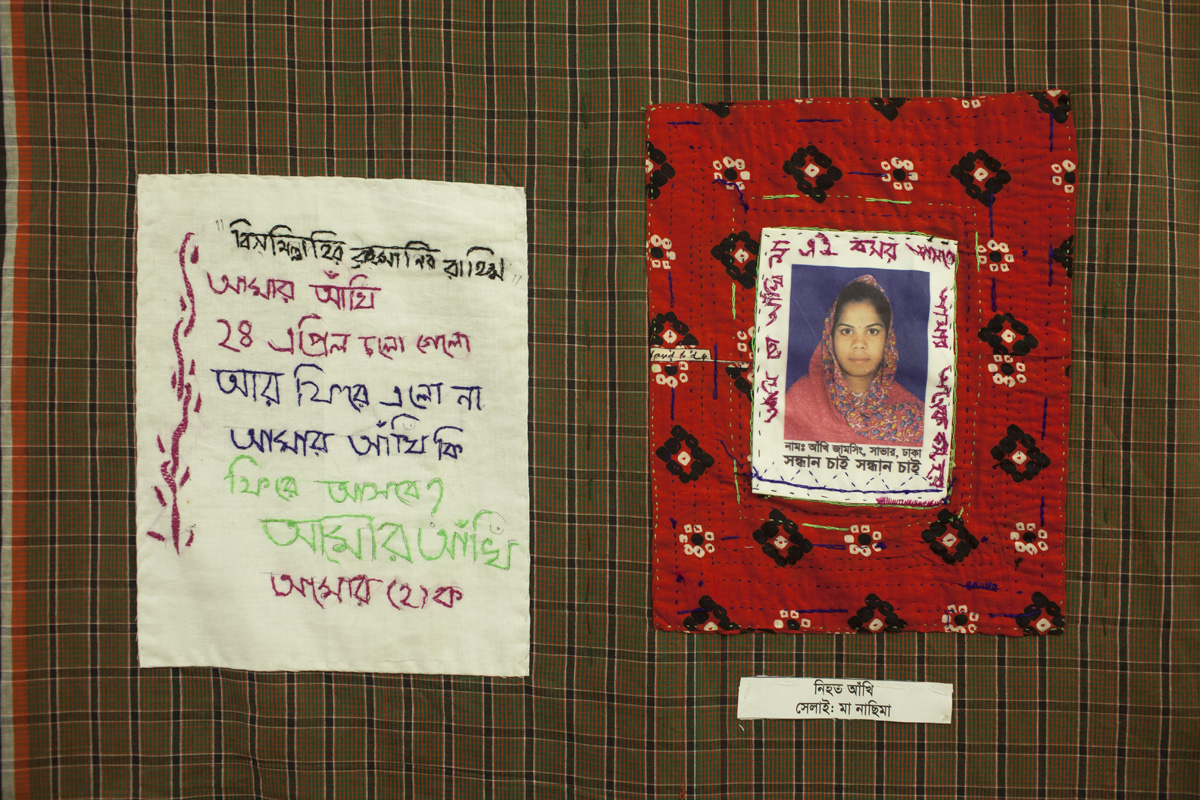
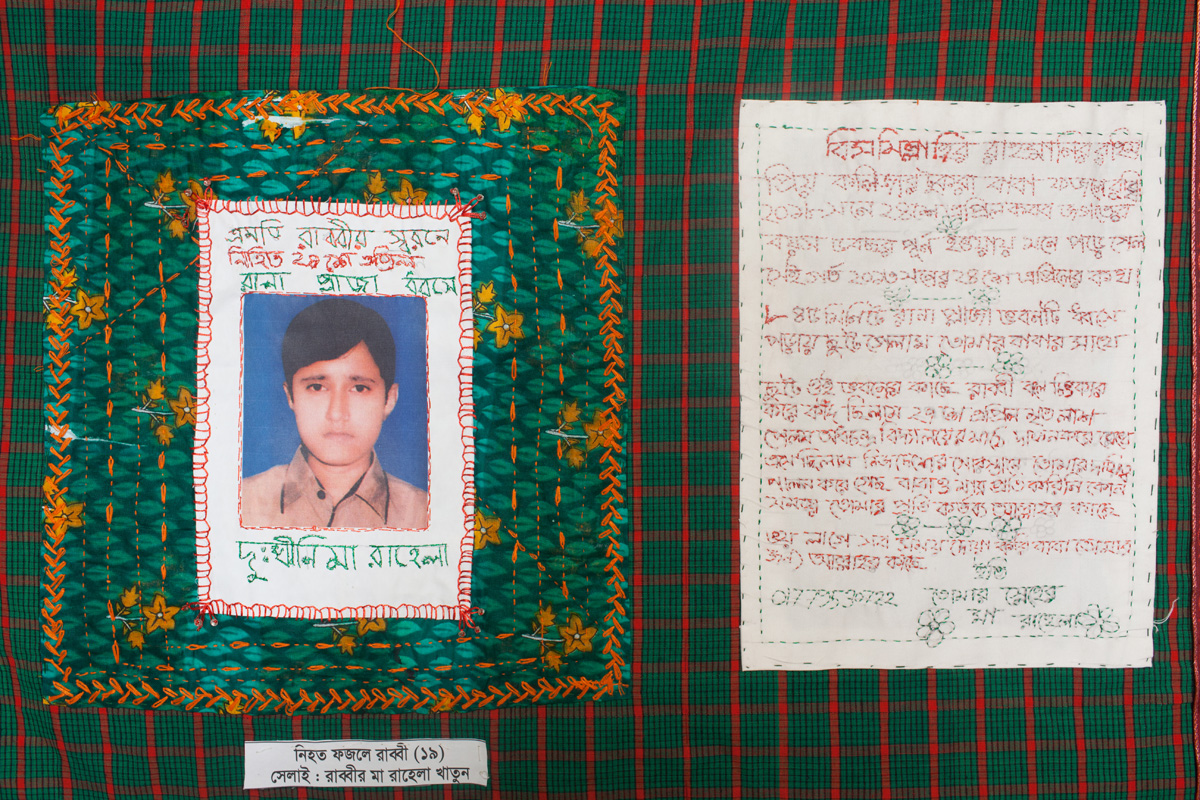
All images are courtesy of Taslima Akhter.














